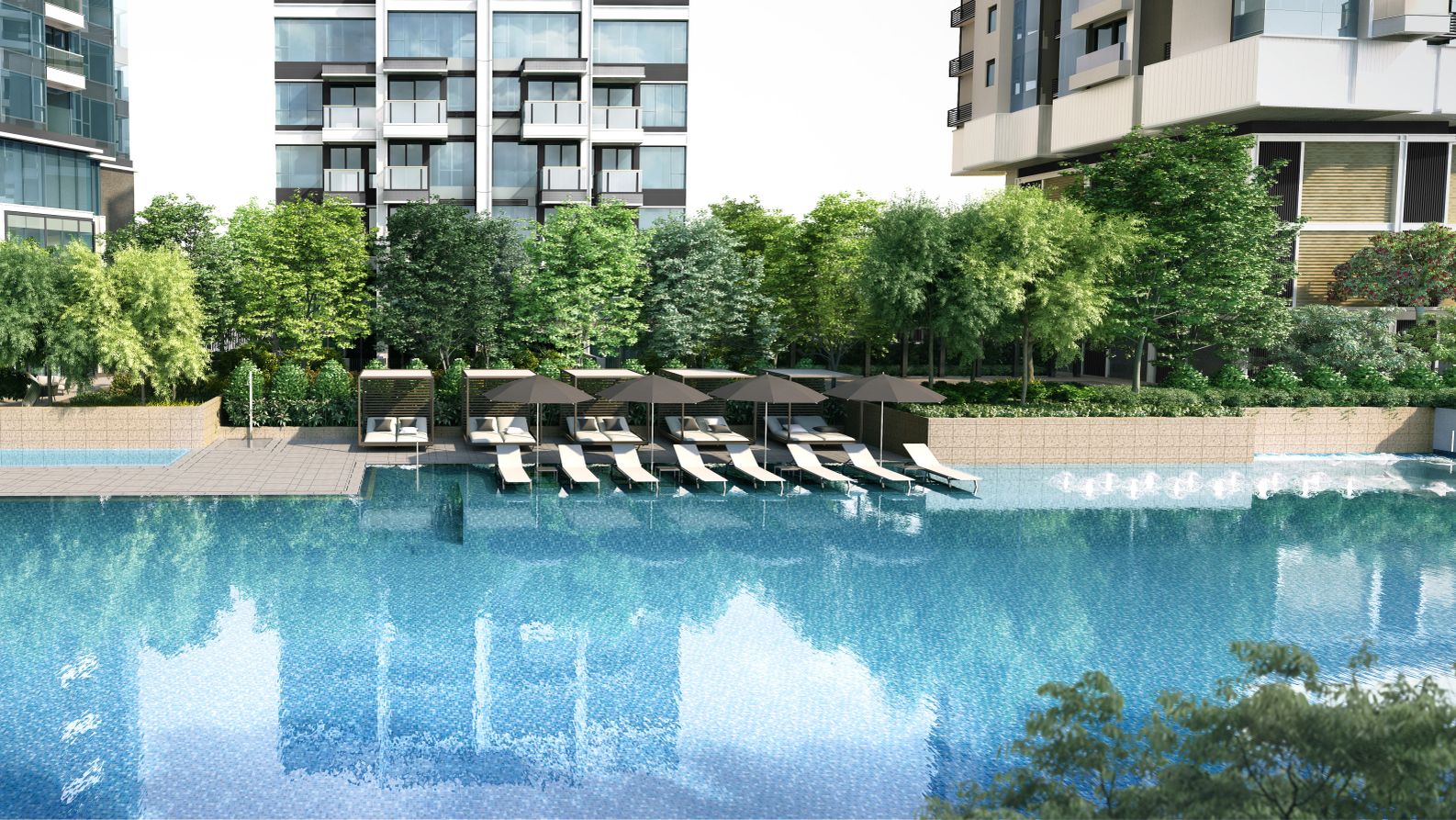
The city’s luxury districts are well-documented, but when it comes to acquiring new residences, investors would do well to consider the unexpected.
When it comes to Hong Kong property in 2020, the adage of “nothing new under the sun” is a truthful one. The city’s geographical contraints mean there’s little chance for the birth of an entire district along the lines of King’s Cross in London, or New York’s Hudson Yards. The closest Hong Kong has to that kind of massive re-imagining is the ongoing development of the former Kai Tak airport. Stay tuned.

So when it comes to identifying Hong Kong’s most underrated, overlooked or emerging luxury districts, buyers and agents need to think creatively — and look to the future. That means considering where value can be found, and embracing the evolving definition of ‘luxury’ itself. Vibrant street life and walkability have become key considerations for buyers and tenants, neck-and-neck with the longstanding question of accessibility. With the prospect of periodic city-wide lockdowns increasingly becoming the norm, we’ll all be eyeing escapes at home — like those found in massive country parks and generous hiking trails on the western side of Hong Kong island and the water on all sides in the south. In 2020, such options on your doorstep are the definitive embodiment of luxury.
For decades, the Holy Trinity of premium living has been (and remains) The Peak, Repulse Bay and Mid-Levels, Central. These neighbourhoods are traditional bastions of space, setting and exclusivity. In recent years, Sai Kung, Clearwater Bay and, to an extent, Deepwater Bay have lobbied for a place on that list: Thanks to their close proximity to water, low housing density and increasing ease of access. But as buyers (and renters) get younger, and social habits evolve, the concept of what goes into a luxury home is morphing similarly into something more design-driven, sustainable, urban and authentic. No longer are marble bathrooms enough.

The first sign the tide was turning was the rush to Kennedy Town in 2009 (market watchers will recall the MTR Corporation announced a much-watched extension that same year). A few intrepid small investors and developers looking at the long view had already started making plans (The Merton was completed in 2005), and before long values were rising. People moved in and more elegant residential towers went up (Cadogan). Those were followed by innovative restaurateurs, cafés and retailers. Before long Kennedy Town had become gentrified and was bucking for luxury status.

There are plenty of corners in Hong Kong now flirting with a similar pattern: involving a mix of value, connectivity, and lifestyle. Lantau Island, now with sleek developments like Whitesands and Botanica Bay, is an overlooked luxury district — one which could garner fresh attention for the resort-like lifestyle it offers. For the adventurous, undervalued Aberdeen and its ingrained waterside community make for a smart long game investment — one that will mature when the South Island Line West connects it to the rest of the city. The direction Kai Tak heads in — on what will ultimately be the Tuen Mun MTR line — is anybody’s guess, though the Oasis development is a solid indication of what’s to come.

Stanley, Mid-Levels West and Pok Fu Lam currently lead the pack on the value front. Prices in conventional high-end locations — the aforementioned trinity — have remained resilient (as is usually the case in times of geopolitical instability) but just a few steps away are pockets which offer tremendous value. In many cases, they’re even preferable. Stanley, for example, features beaches and greenery; a solid track record of lifestyle amenities; hip waterside dining; and a forthcoming bypass that puts it just 25 minutes away from Central — the same distance as nearby Repulse Bay. The difference being an approximate 10-15 discount on the former. Stanley flats in Regalia Bay or 22 Wong Ma Kok Road rival much of what’s available in Repulse Bay (and surpass them when you consider it’s not necessary to get in a car to run to 7-Eleven).
But Hong Kong’s real unsung hero could be Sham Shui Po. Mainly known once upon a time for pirated DVDs, fabric stores and the Golden Computer Arcade, it’s now emerging as an ultra-hip district — and doing so under the radar. Down the road, one MTR stop from re-energised Cheung Sha Wan, the streets there are now cluttered with restaurants, chic cafes, underground art spaces and young tech start-ups, many inspired by the (now-closed) Savannah College of Art and Design. As luxury continues to becoming increasingly design-led, regenerated flats in older buildings with personality are becoming more appealing to the modern, high-flying tenant. Sham Shui Po is at a similar point in its development curve as Kennedy Town 15 years ago, and the slow trickle of revitalised industrial buildings and residential towers — naturally, with a little boost from the Urban Renewal Authority — suggest the area is getting ready to kick-off its reinvention as a contemporary luxury hub.
Victoria Allan
Victoria Allan is the founder of Habitat Property, a real estate company specialising in the sale and leasing of luxury property in Hong Kong. Prior to establishing Habitat in 2001, Allan held the position of Commercial Leasing Director at Colliers Jardine. She has over 25 years experience in residential and commercial real estate across a variety of global markets — including Hong Kong, Australia, Canada and the US.
